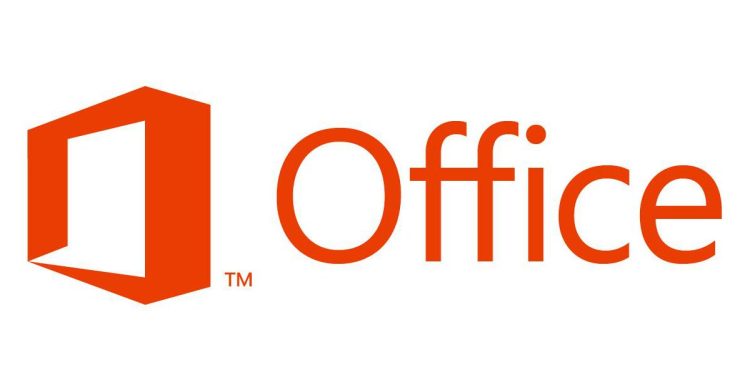At its Microsoft EDU event in New York City today, the company announced it is bringing Microsoft Office to the Windows Store. We’re talking about the full Win32 version of Office — this is not a mobile version, Universal Windows Platform (UWP) app, or an otherwise dumbed-down release.
Terry Myerson, executive vice president for Microsoft’s Windows and Devices Group, confirmed onstage that Word, Excel, PowerPoint, “and more” were coming. He did not give a date for the launch (Update: Microsoft confirmed after the event that the target is June).
The timing of this announcement is no coincidence. At the event, Microsoft unveiled Windows 10 S and the company’s broader strategic answer to Google’s Chrome OS. Being able to get the full version of Microsoft Office from the Windows Store and use it without an internet connection is a notable differentiator.
We had the opportunity to discuss today’s news with Joe Belfiore, corporate vice president in Microsoft’s operating systems group. The only time Belfiore mentioned Chromebooks during our conversation was in respect to the fact they can’t use Office offline.
June 5th: The AI Audit in NYC
Join us next week in NYC to engage with top executive leaders, delving into strategies for auditing AI models to ensure fairness, optimal performance, and ethical compliance across diverse organizations. Secure your attendance for this exclusive invite-only event.
You can expect Microsoft to play up this fact in the months to come: Windows 10 S, and the Microsoft Office version that you can run on it, works offline. You can’t get that on Chrome OS.
Office is not the first set of Win32 apps in the Windows Store. This is part of a broader effort called Project Centennial, which lets desktop developers package and publish their existing .NET and Win32-based Windows applications to the Windows Store. The app type was first unveiled at Microsoft’s Build developer conference in April 2015, but the first apps only started arriving in September 2016.
If Windows S is to succeed, Microsoft will need to keep pushing Win32 developers to use the Windows Store. Bringing its arguably most successful software to its app store is an important step in that effort.

